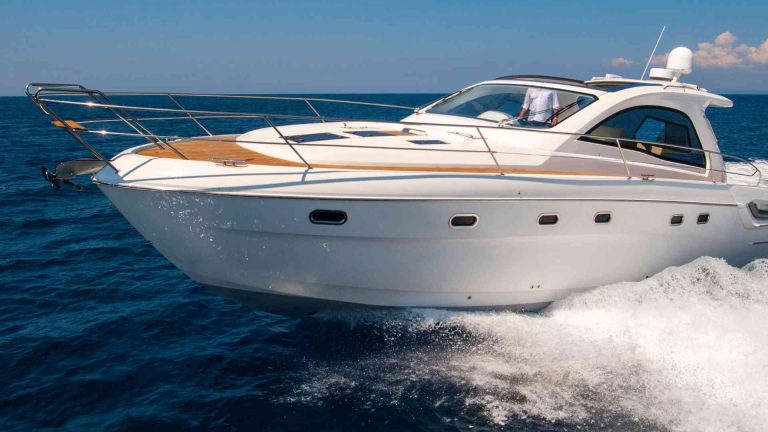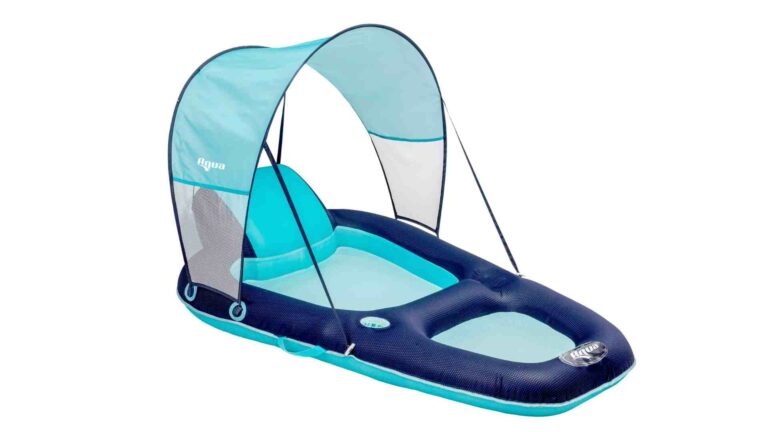Setting Sail Solo: A Guide to Single-Handed Boating
The vast expanse of the open water holds a unique allure for many. But what if you crave that sense of adventure without a crew? Solo boating, also known as single-handed sailing, offers an unparalleled experience of self-reliance, freedom, and deep connection with the sea.
However, venturing out alone requires careful preparation, the right kind of vessel, and a healthy dose of respect for the power of nature. This guide will equip you with the knowledge you need to embark on your solo boating journey.
The Allure of Solo Boating
There’s something undeniably romantic about the idea of navigating the seas alone. It’s a chance to:
- Challenge Yourself: Solo sailing demands self-reliance, resourcefulness, and the ability to make quick decisions. It’s a true test of your seamanship and problem-solving skills.
- Embrace Solitude: Disconnecting from the everyday and finding solace in the rhythm of the waves can be incredibly restorative.
- Connect with Nature: Solo sailing allows you to experience the raw beauty of the ocean in a way that’s simply not possible with a crew.
- Go at Your Own Pace: Set your own course, follow your own itinerary, and enjoy the freedom of spontaneous exploration.
Is Solo Boating Right for You?
Before setting sail alone, honestly assess your skills and experience. Here are some questions to consider:
- Sailing Experience: Do you have a strong foundation in sailing principles? Are you comfortable handling your boat in various weather conditions?
- Seamanship Skills: Can you confidently navigate, operate your boat’s systems, and perform basic repairs at sea?
- Physical Fitness: Solo sailing requires physical stamina to handle sail changes, lines, and potential emergencies.
- Mental Toughness: Are you comfortable with solitude and the potential for making critical decisions under pressure?
If you can answer these questions confidently, solo boating could be an incredibly rewarding experience. However, if you’re unsure, consider enrolling in sailing courses or gaining experience with a crew first.
Choosing the Right Solo Boat
Your boat is your home and lifeline at sea. Here are some key considerations when choosing a vessel for solo sailing:
- Size and Manageability: A smaller boat is generally easier to handle single-handedly. Look for a design with self-tending capabilities, like self-tacking jibs or autopilot compatibility.
- Seaworthiness: The boat should be built for offshore conditions and able to handle rough weather.
- Cockpit Layout: Choose a cockpit designed for single-handed sailing, with easy access to sails, winches, and navigation instruments.
- Safety Features: Ensure your boat has reliable safety equipment like an emergency locator beacon (EPIRB), liferaft, and a sturdy lifeline with harness.
Preparing for Your Solo Voyage
Meticulous planning is paramount for successful solo sailing. Here are some key steps:
- Chart Your Course: Plan your route meticulously, considering weather patterns, tides, and potential hazards.
- Inform Others: File a float plan with authorities, informing them of your itinerary, estimated arrival time, and emergency contact information.
- Provision Your Boat: Stock up on non-perishable food, water, and essential supplies, taking into account your voyage length and potential delays.
- Safety Gear Check: Ensure all safety equipment is functional and properly stowed.
- Practice Solo Maneuvers: Before setting sail, practice sail handling, docking, and emergency procedures alone to build confidence.
Essential Skills for Solo Sailors
- Navigation: Master celestial navigation in case of electronic failure. Proficiency in chart reading and weather forecasting is crucial.
- Sail Handling: Develop the ability to efficiently manage sails and lines single-handedly, even in challenging conditions.
- Boat Maintenance: Gain basic repair skills to address minor issues at sea.
- Communication: Maintain a working communication system for emergencies or updates on weather changes.
Solo Sailing Resources and Community
There’s a wealth of resources available for aspiring solo sailors:
- Sailing Associations: Join organizations like the Singlehanded Sailing Society (SSS) for educational resources, community forums, and events.
- Books and Online Courses: Invest in instructional materials and courses specifically geared towards solo sailing.
- Blogs and Vlogs: Follow experienced solo sailors online to gain valuable insights and tips.
The Final Word: Embrace the Challenge
Solo boating is an adventure that shouldn’t be taken lightly. But with thorough preparation, the right equipment, and a healthy respect for the sea, it can be an incredibly rewarding experience.
Happy Boating!
Share Setting Sail Solo: A Guide to Single-Handed Boating with your friends and leave a comment below with your thoughts.
Read Small Lake Pontoon Boats: Cruising Calm Waters until we meet in the next article.






